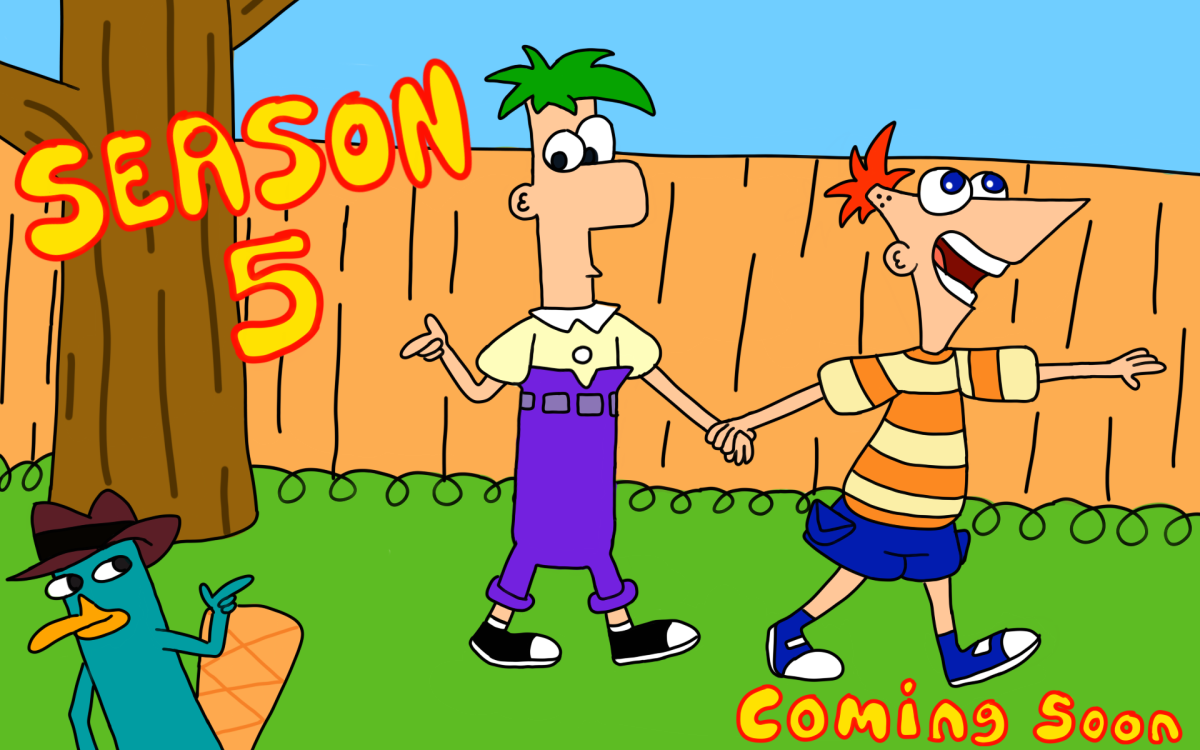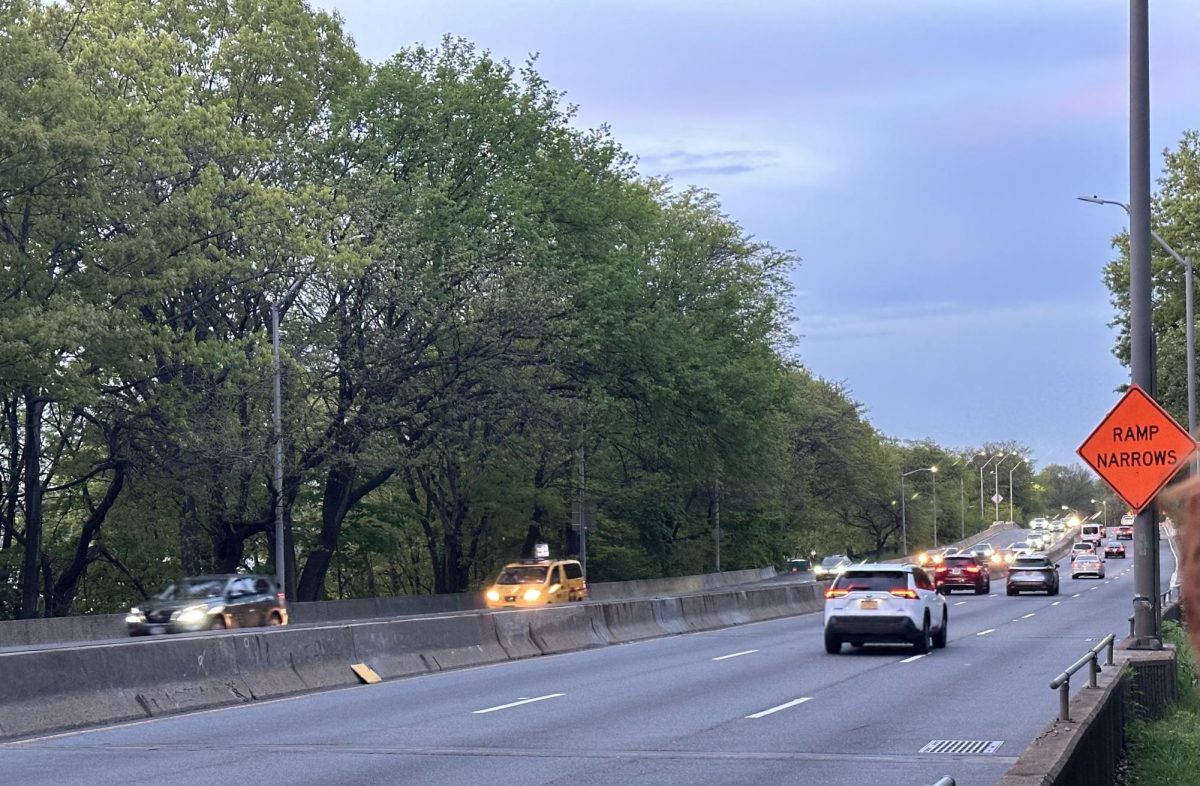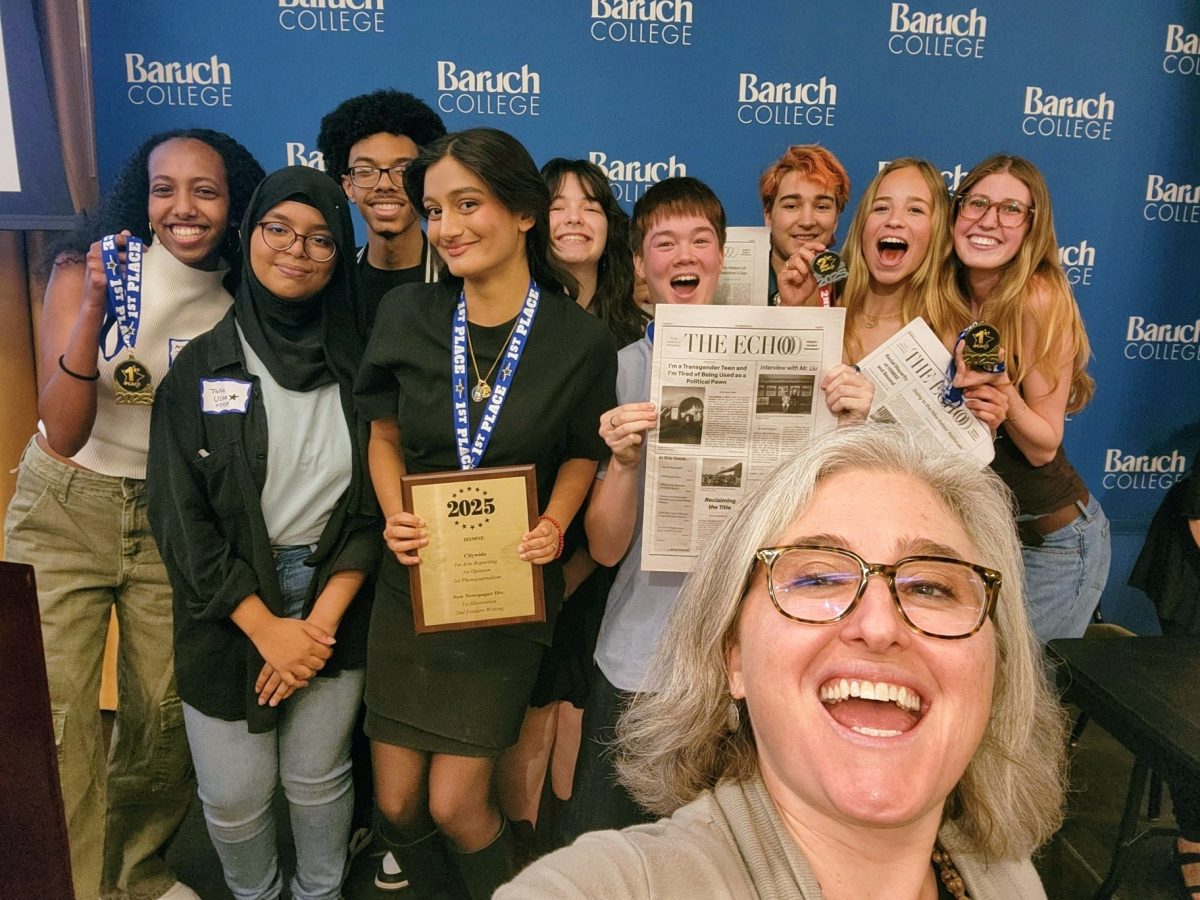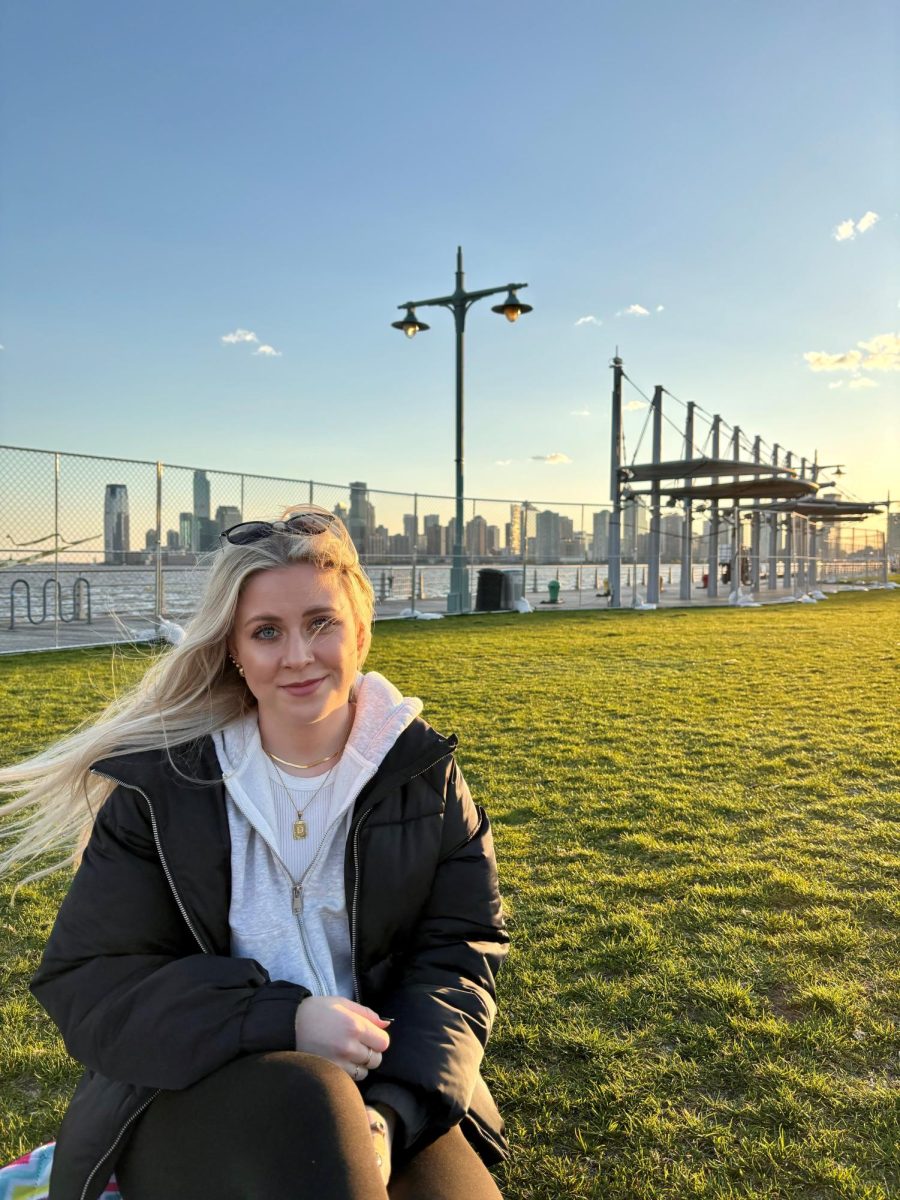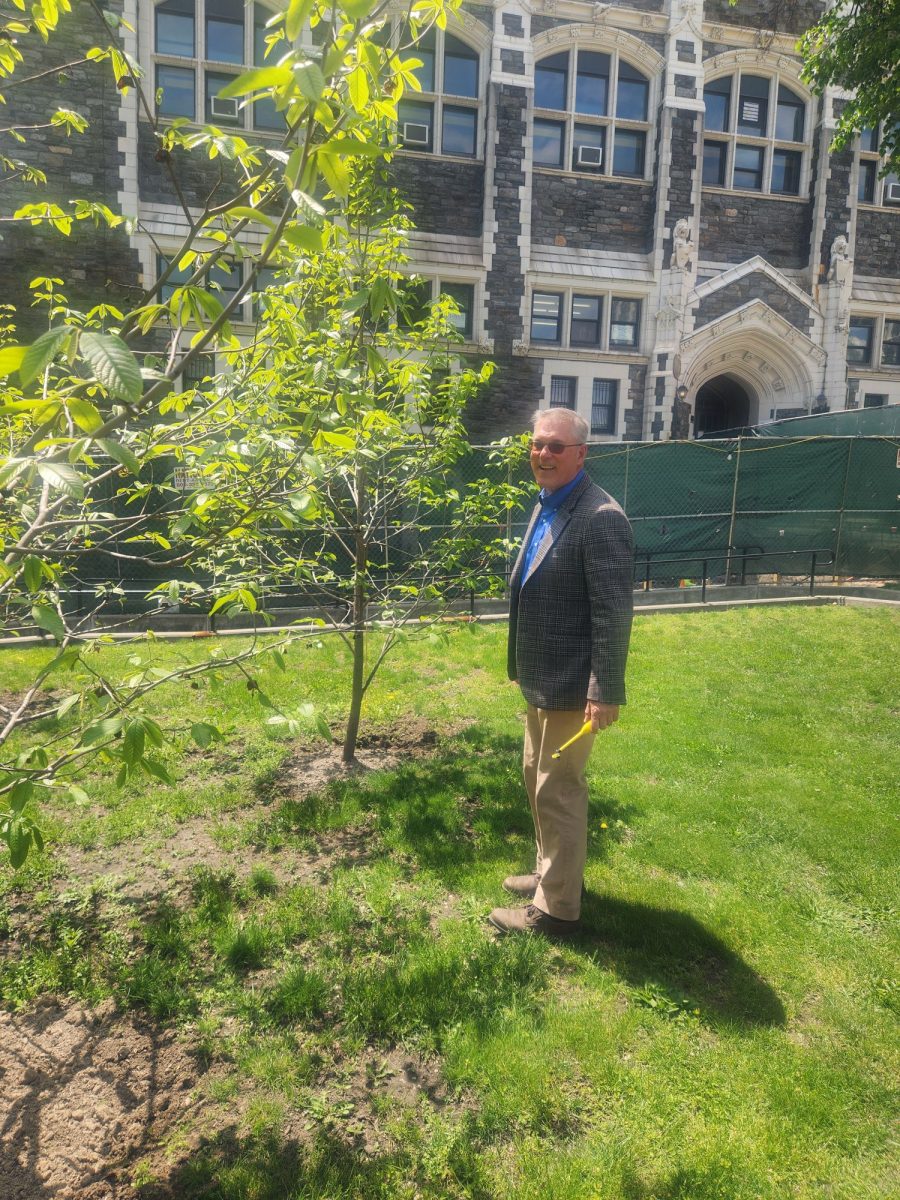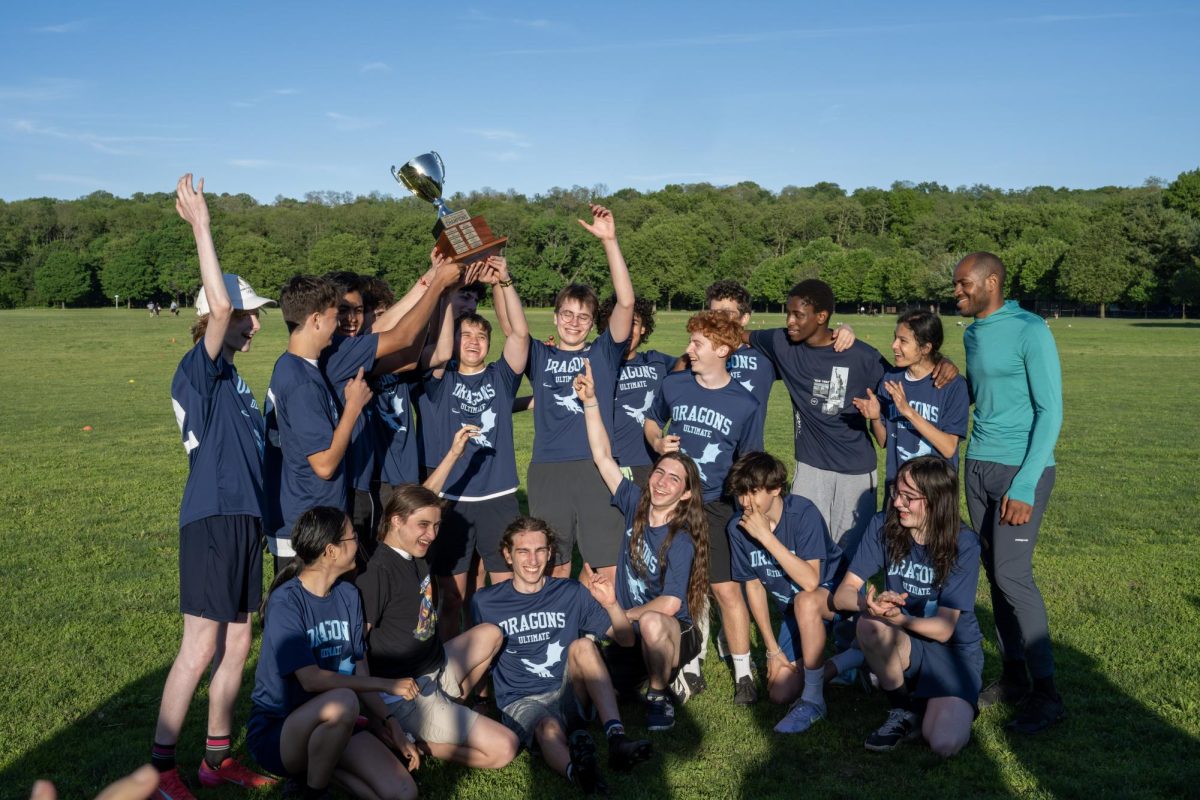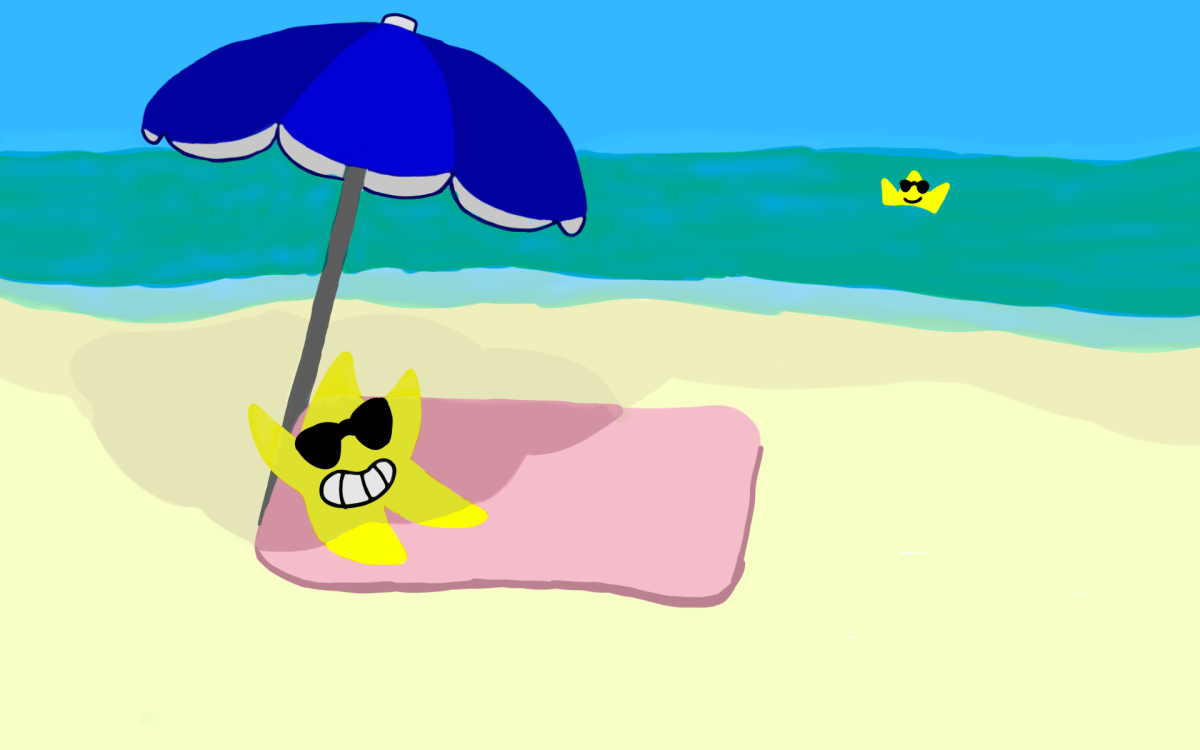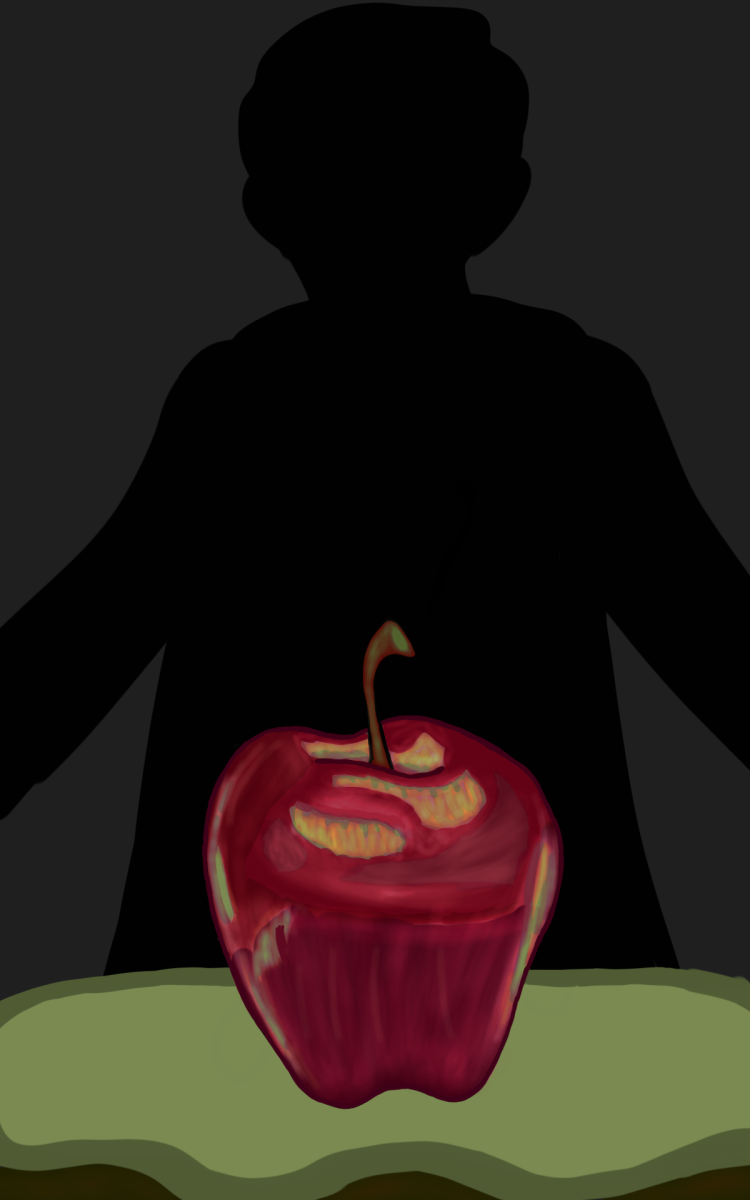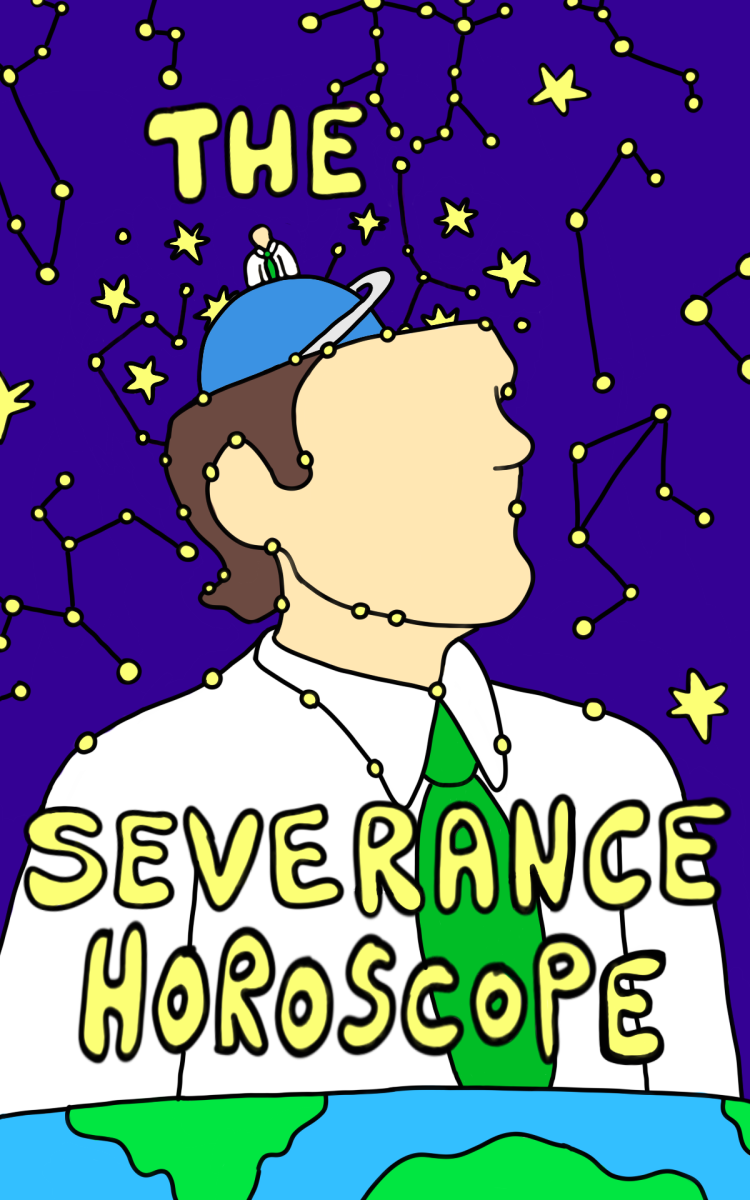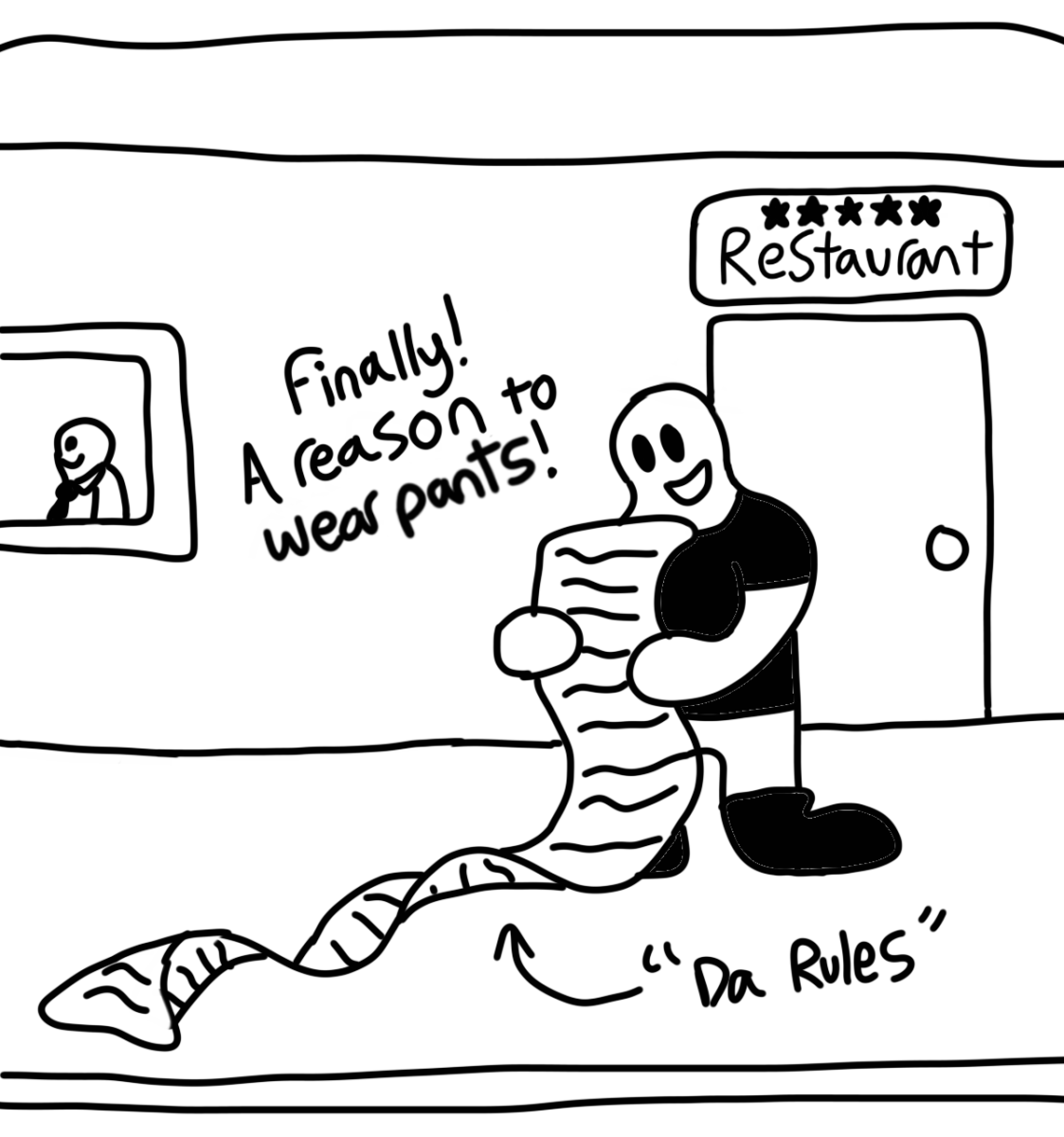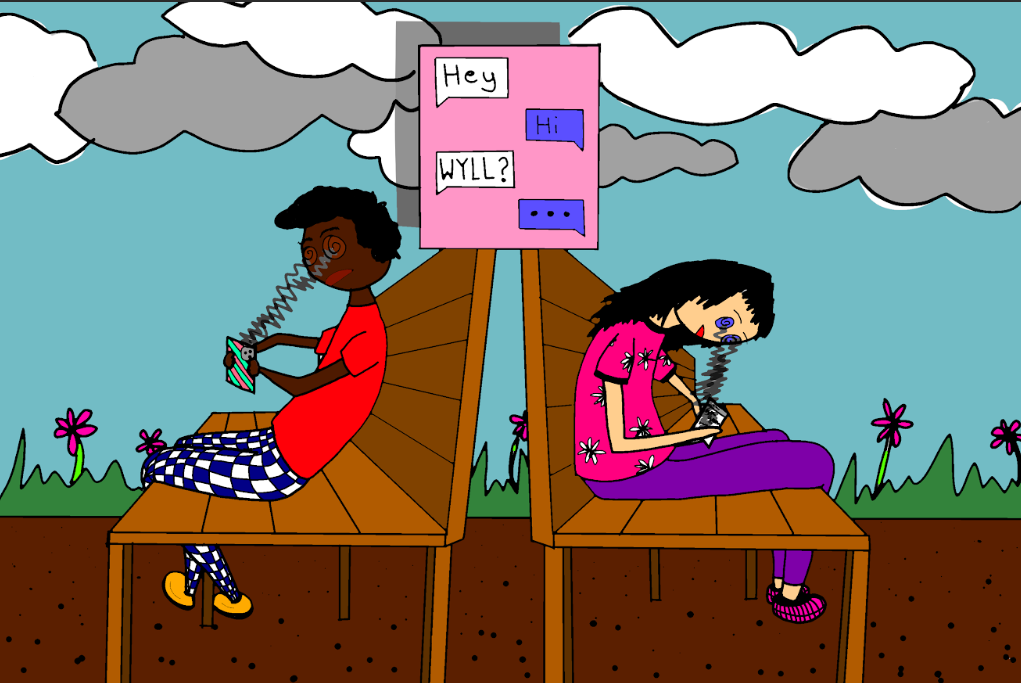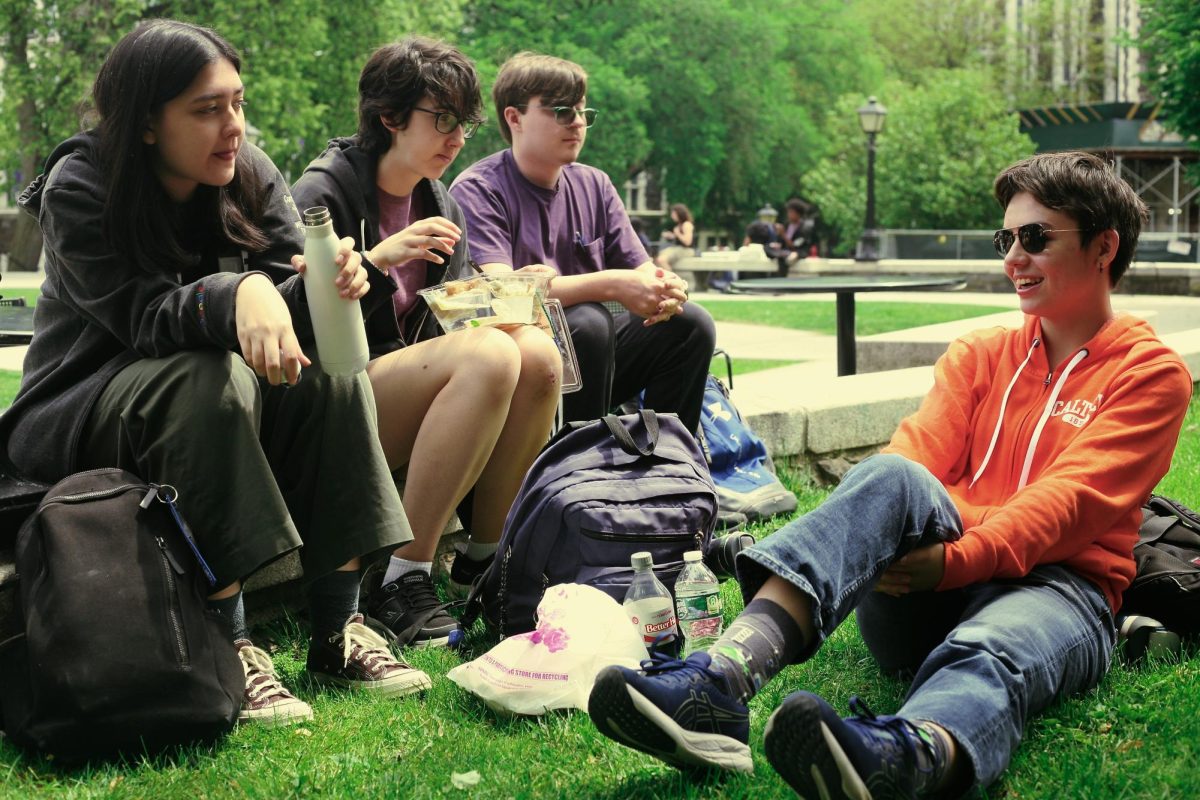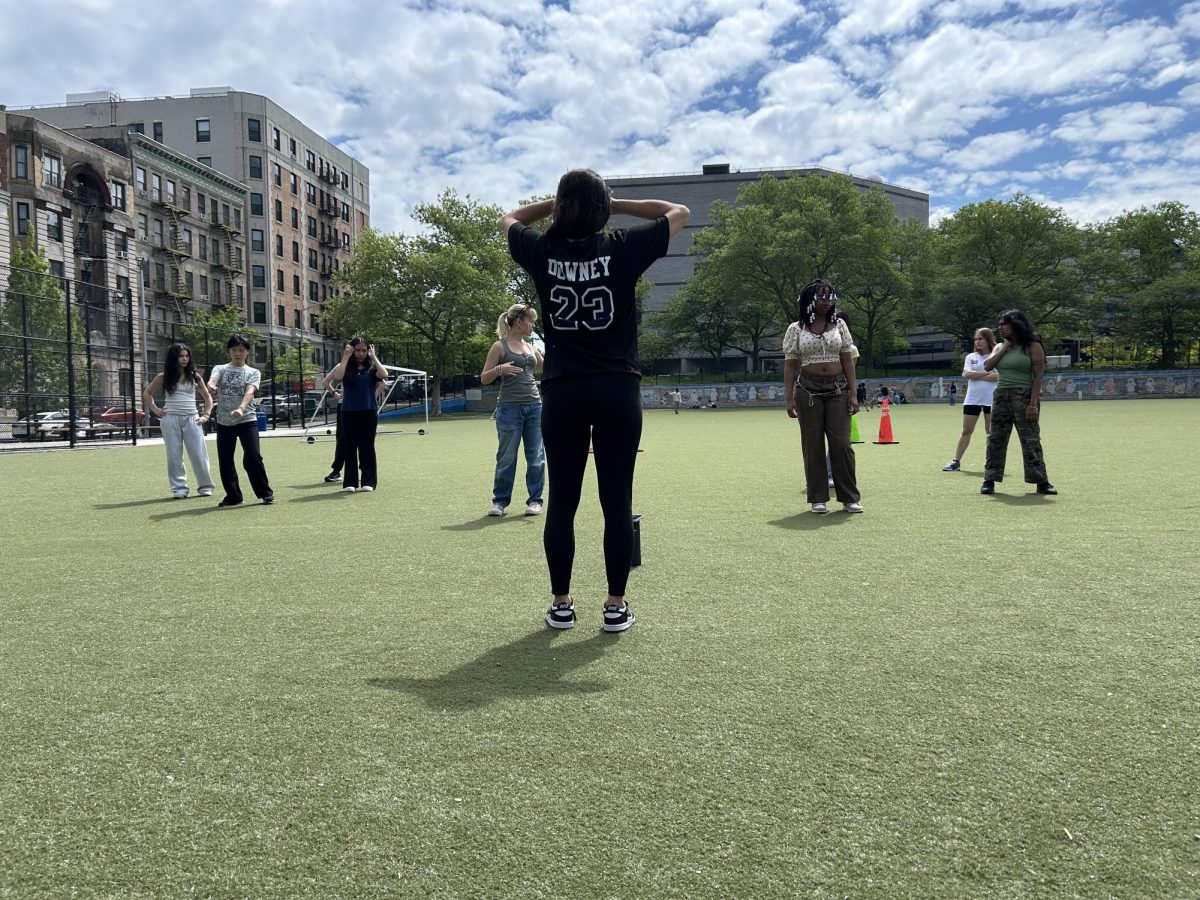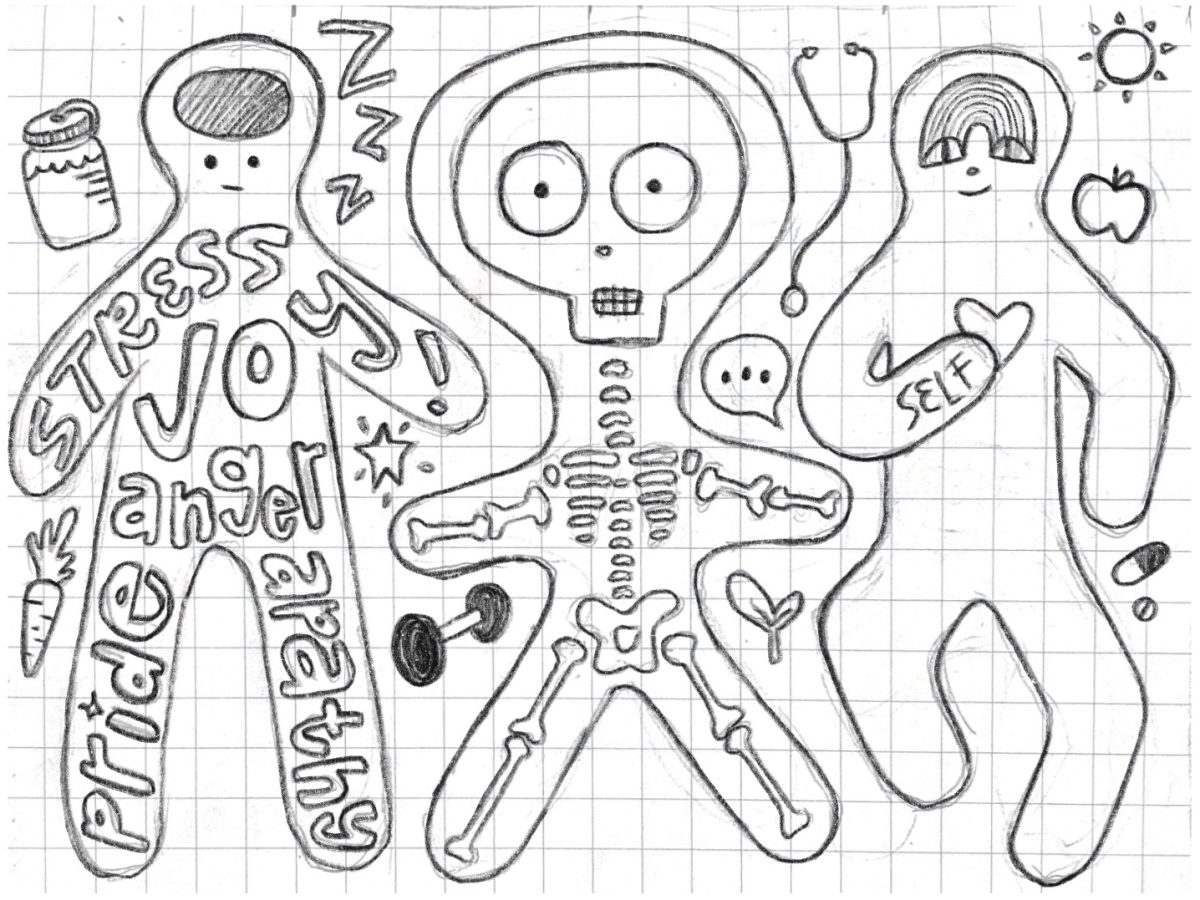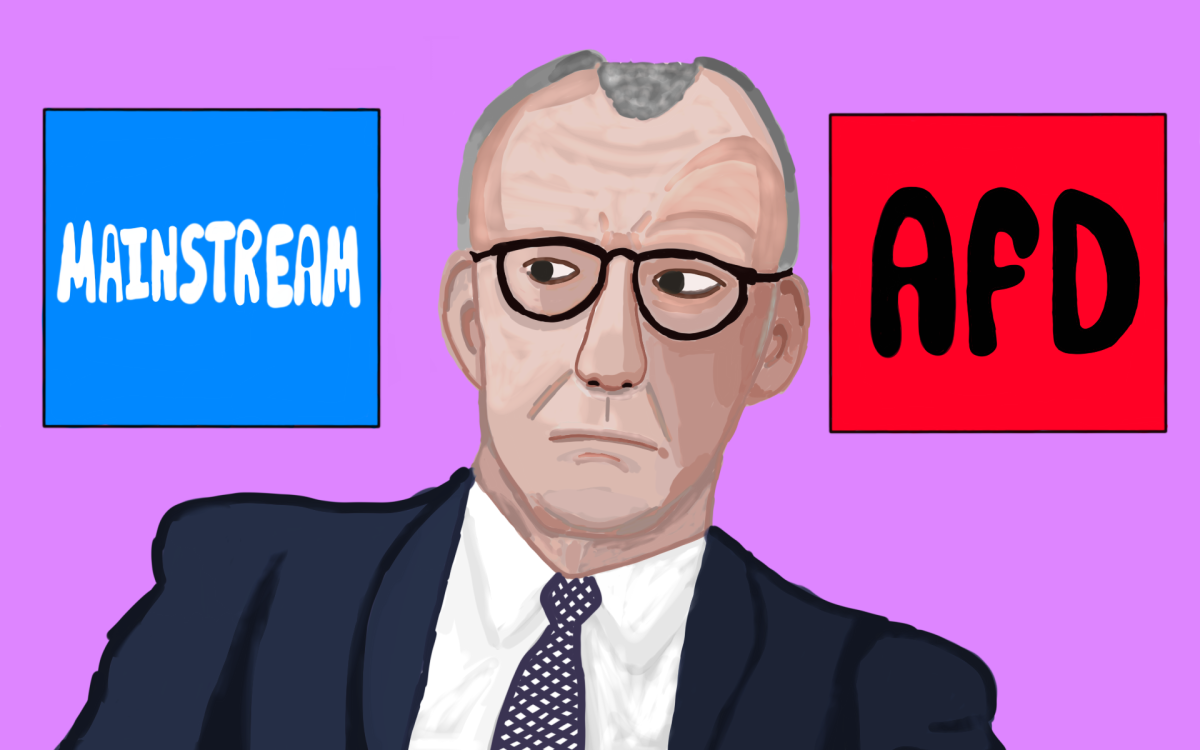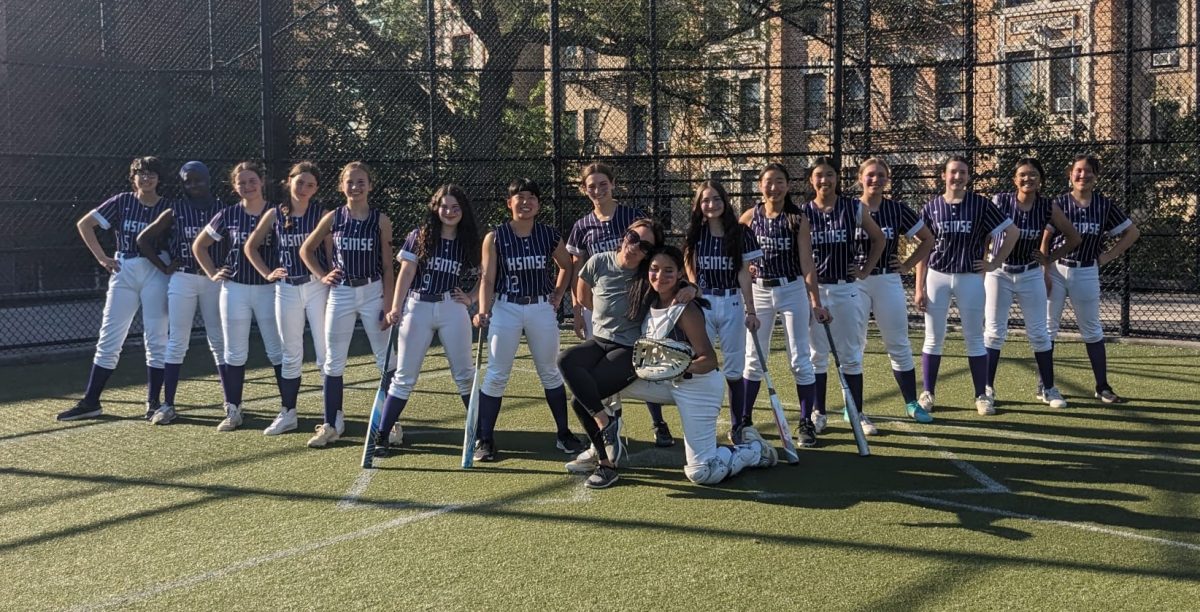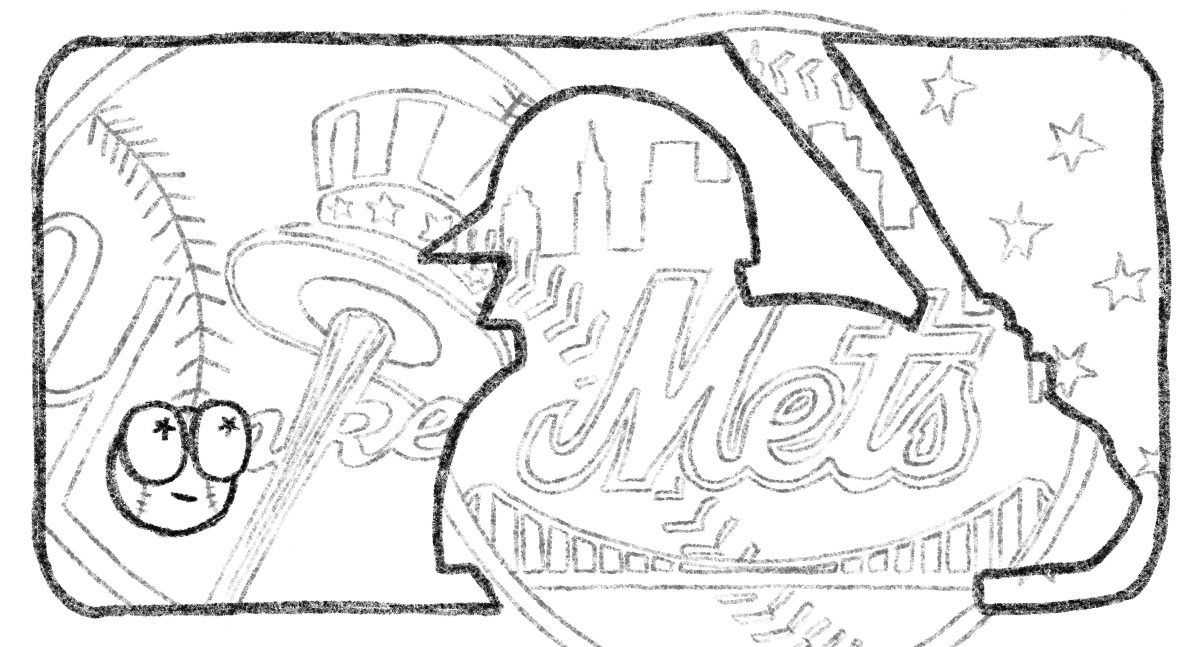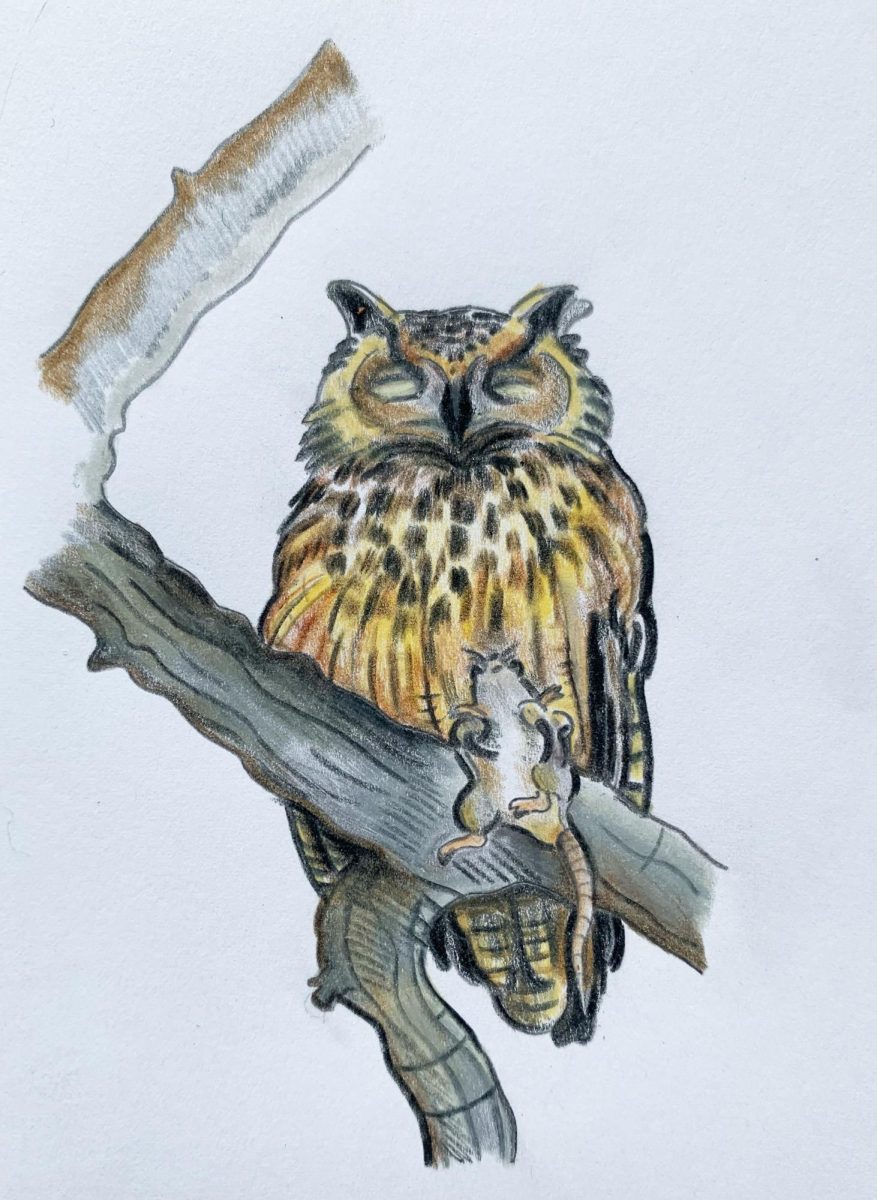On a Sunday stroll in the North Woods of Central Park a few months ago, I saw a man wheeling his bike down the winding trail. As he approached, he paused for a second and motioned to the dense thicket of trees behind him. “There’s a big owl back there!” he exclaimed, beaming with the excitement of a little kid. I hesitated, a little caught off guard, but thanked him anyway for letting me know. I continued walking, uncertain if there really was an owl up around the bend or if “big owl” was somehow a slang term I hadn’t yet heard.
When I reached the clearing, I found around a hundred people scattered on either side of the man-made waterfall, all with their heads cocked up toward the tree canopy. There were families with small children and strollers, older couples decked out in running gear, 20-somethings with their phones out, birders with binoculars, amateur and professional photographers elbowing each other for tripod space. All were silent and focused in collective awe. At first glance, I couldn’t find what they were looking at, but I was determined not to be left out of the impromptu bird-watching party. So, I made my way through the crowd to the other side of the stream and turned around.
Suddenly, I saw him. On a branch a couple of apartment stories above my head, he was a massive ball of auburn and black feathers, with dark cat-ear-like tufts and glowing orange eyes. He was looming, regal, and motionless, like a grand lawn ornament. I soon found myself as entranced as everyone else. On summer nights at my grandmother’s house in Massachusetts, I remember dozing off to the eerie hoots of great horned owls late at night, but never had I seen one this close before. With his wise eyes and lofty position, the owl was god-like. He had single-handedly captured the attention of all these New Yorkers, who usually wouldn’t let a stoplight keep them from where they were going.
That evening at home (a couple of Google searches later), I found out that the owl’s name was Flaco, Spanish for skinny, despite his massive size. Flaco had been a resident of the Central Park Zoo for more than a decade, born and bred in captivity. He was a Eurasian Eagle Owl, the second largest owl species in the world, with a wingspan of over 6 feet. While his relatives ruled the skies in the remote woodlands of Europe and Asia, Flaco spent his life in an enclosure the size of a city bus stop, decorated with fake rocks and a mountain mural. But, a few months ago, on the evening of February 2nd, zoo staff found a Flaco-sized hole cut in the mesh steel of his pen, and he was gone. Unidentified vandals had let Flaco loose, and he was soon spotted exploring the Upper East Side. That night he made stops at the NYPD’s 19th Precinct and a tree by a luxury department store.
In the days following his escape, Flaco was spotted in and around Central Park. Many noted that he seemed stressed, and the staff of the Central Park Zoo was concerned that Flaco would starve to death, having only ever been fed pre-killed mice and rats. But despite numerous attempts by zoo staff to lure Flaco back into captivity, he was not swayed by baited cages or audio recordings of fellow owls. Flaco was soon observed hunting prey, and he has since thrived on a hearty diet of city rats. He attracted an enormous following of local bird watchers and social media fans, who cheered for his freedom. The zoo eventually gave up its attempts to recapture Flaco, and he has since become an iconic New Yorker.
Many ecologists continue to call for his capture, arguing that the city is no place for an owl of his kind. To combat the growing rat problem, city agencies applied 62,500 pounds of rat poison in 2021 alone, so Flaco risks ingesting a deadly dose of poison with every successful hunt. Luckily for Flaco, the Central Park Conservancy has suspended the use of rodenticides for much of the year to protect nesting birds of prey. Yet as Flaco ventures further outside the park, the dangers of the city loom closer. Many fear Flaco might run into a skyscraper or get hit by a car, as was the fate of Barry the Barred Owl, a previous Central Park escapee.
Nevertheless, oblivious to their worries, Flaco has persevered. Avid bird watchers and Flaco fans have watched him hop from tree to tree, master the art of flying long distances, and transform into the apex predator he was meant to be. Many feel that Flaco embodies the pandemic experience: once confined to a small apartment, but now finally free. His story is also familiar to anyone who’s moved to the city from elsewhere. There’s something about living in NYC that requires quick adaptation to survive, whether it’s learning the everchanging subway schedule or hunting the subway rats.
And for us high schoolers at the transition point between childhood and adulthood, especially the seniors who are getting ready to leave the nest, Flaco serves as an unexpected example for embracing change. Turning uncertainty into opportunity, and despite all doubt, Flaco has blossomed into a confidently wild owl. He has taken on every challenge in flight and turned the city into his playground. As we worry about taking the next leap, whether it’s that summer job, learning to drive, or living on our own for the first time, perhaps we should think of Flaco, perched in a tree, enjoying his gourmet rat dinner with what can only be described (if owls could smile) as a satisfied smirk.
